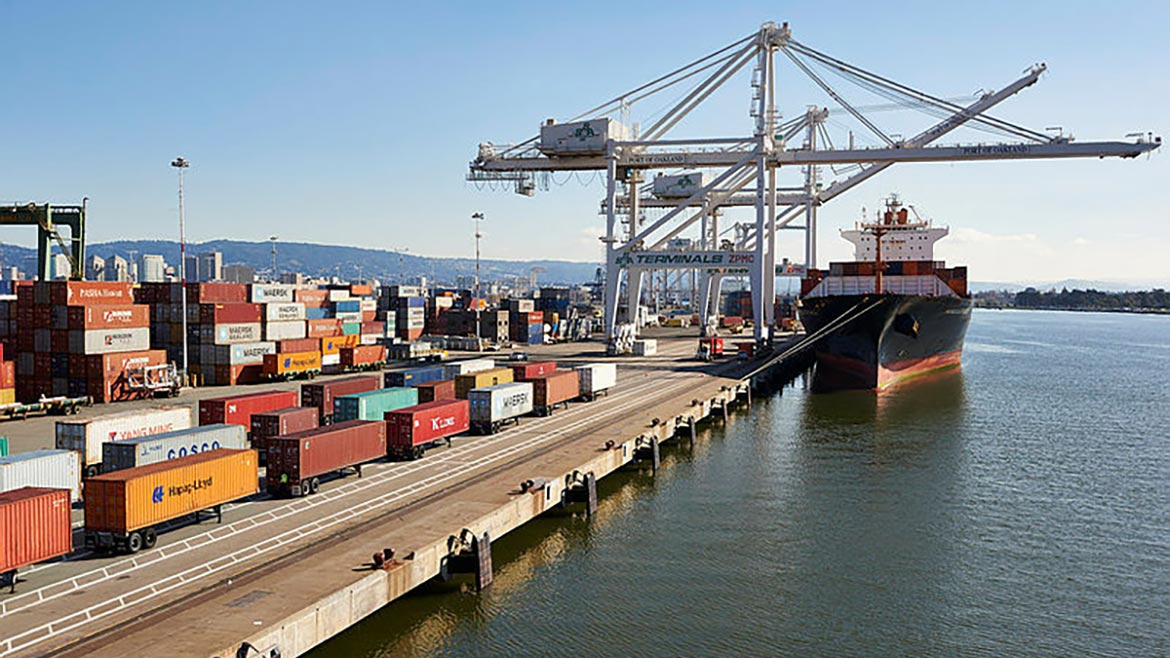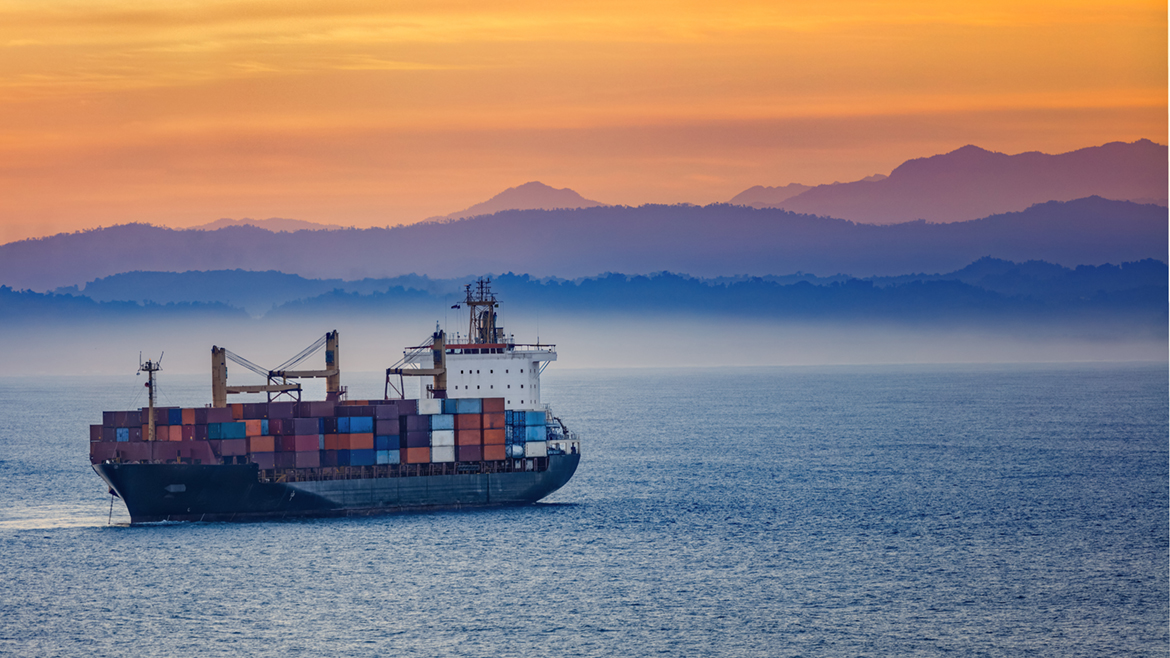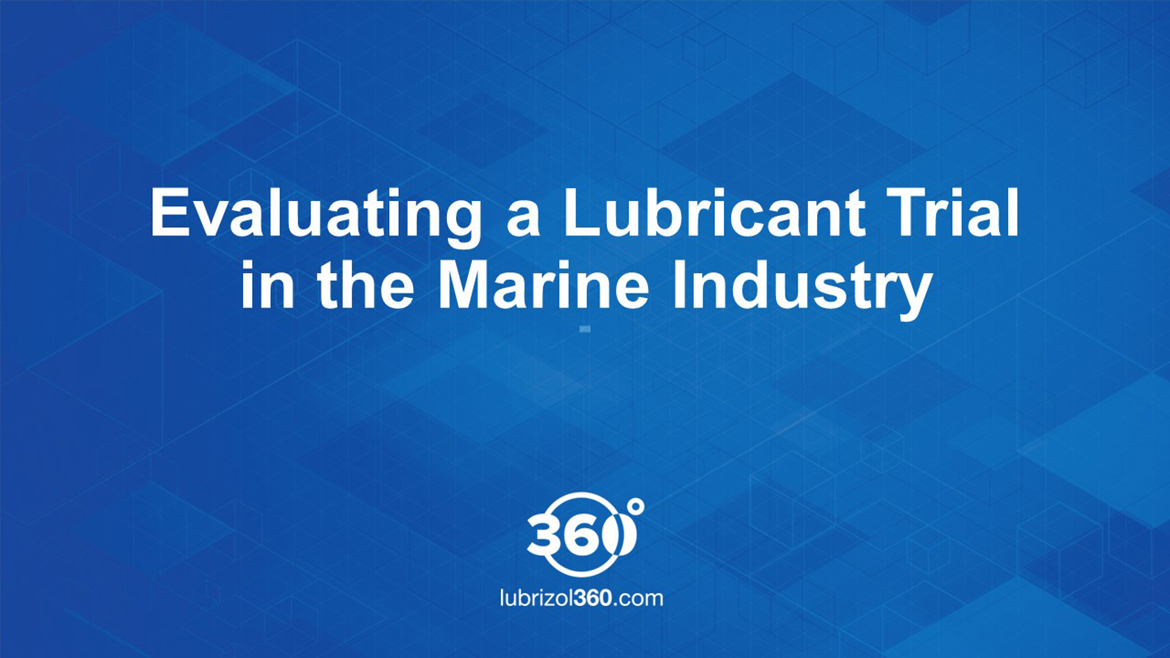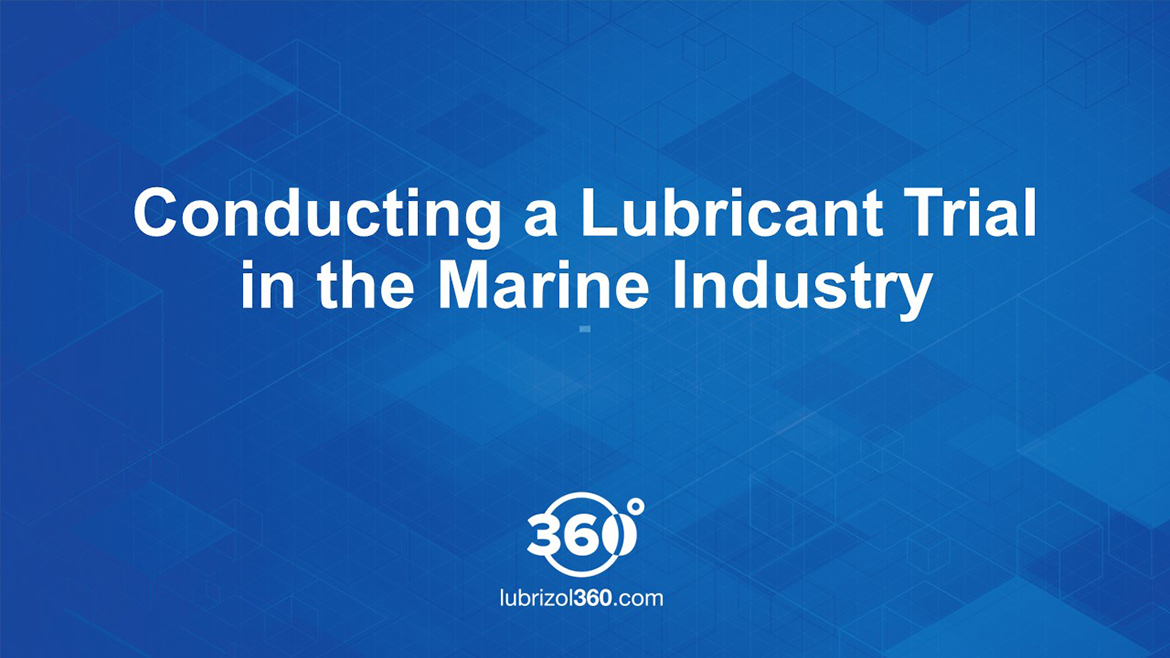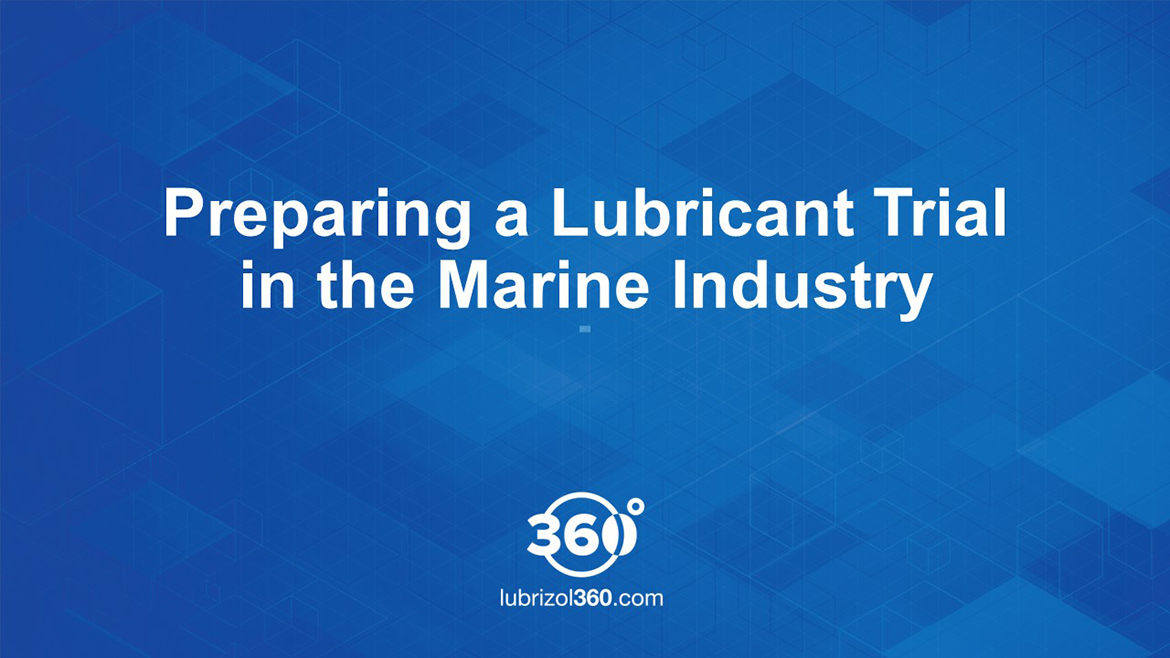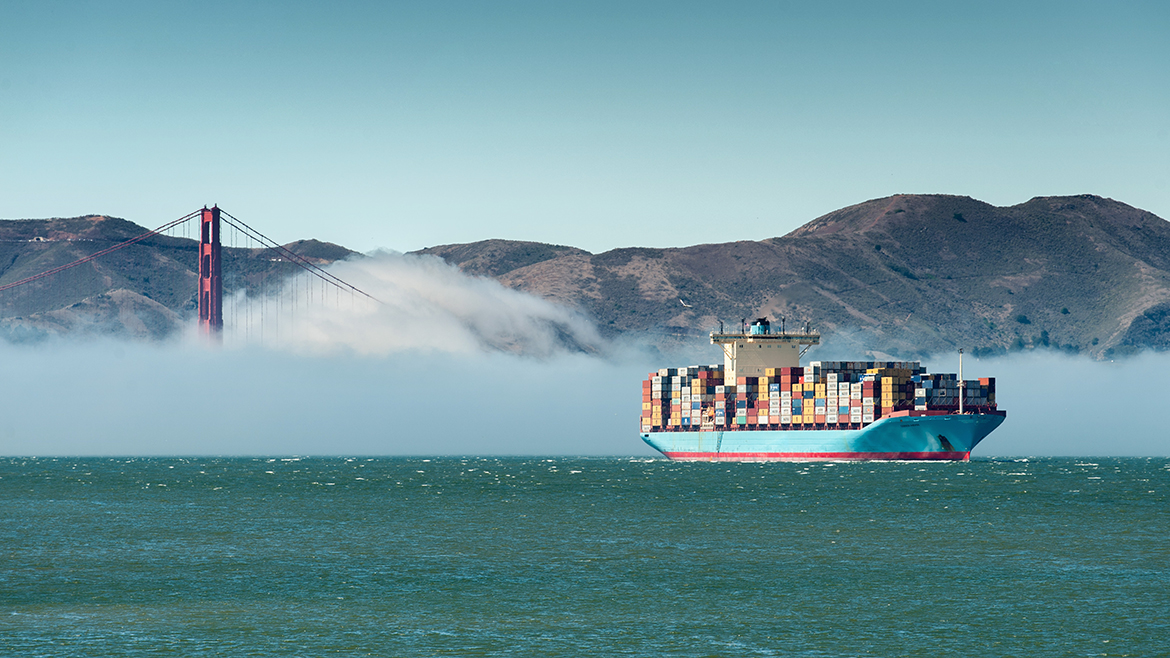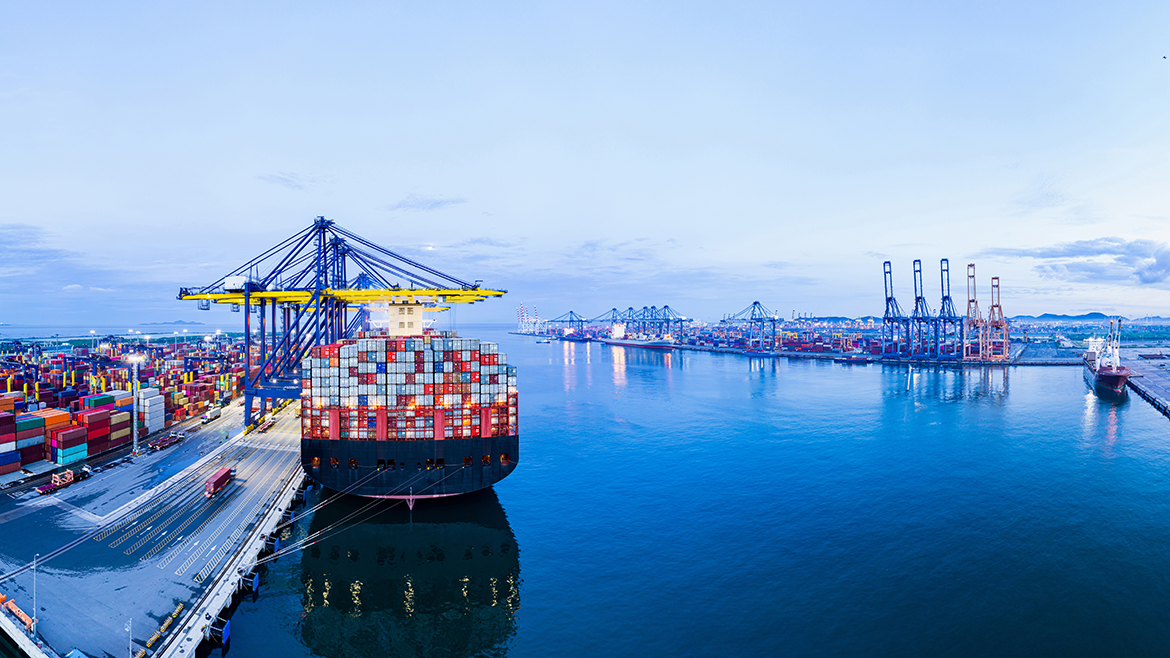Feb 19, 2020
Posted by Ian Bown, Technical Manager, Marine Engine Oils, Simon Tarrant, Global Business Director, Large Engines
A soon-to-be-implemented regulation limiting sulfur in ship fuel is having a dramatic effect on how marine engine lubricants are formulated. The International Maritime Organization’s (IMO) 2020 sulfur regulation will drive a dramatic shift in the types of fuels used by ships. The global 0.5% limit on fuel sulfur means that on 1 January 2020 much of the demand for heavy fuel oil (HFO), the high-sulfur fuel used by most of today’s shipping fleet, will switch to lower sulfur fuels – mainly new very low sulfur fuel oil (VLSFO) blends formulated specifically for 2020 compliance.
For ship owners and operators, this single change is challenging enough. Whichever compliance option they choose - switching to low-sulfur fuel, installing exhaust gas cleaning systems (or scrubbers) to remove sulfur after burning HFO or investing in engines that burn alternative fuels (such as liquefied natural gas) with virtually no sulfur – will have big cost and operational implications. Matching lubrication strategies to fuel choices will be another important consideration. Anticipated changes in fuel composition mean that standard practice for lubricating marine engines will also change from 2020.
Traditionally marine main engines burning HFO have needed cylinder lubricants with a high acid neutralization capability (expressed as base number or BN) to tackle the corrosive qualities of a high sulfur content – something that is becoming even more important as modern engine designs and operations exacerbate corrosive conditions. For ships using fuels with lower sulfur, such as those designed for use in Emission Control Areas (ECA), engine oils with lower BN are more appropriate. Changes at both ends of the fuel sulfur spectrum will demand more from cylinder lubricants.
IMO 2020 will change the market for marine lubricant additives. Anticipated fuel challenges mean that more advanced additive chemistries will be needed to protect engines. That applies to the 2020 shift happening now as well as to future changes in the marine fuel market.
As reported in the October issue’s Lube-Tech article, Why BN alone is not the answer when formulating cylinder oils for 0.5% sulfur fuels, the newly available VLSFOs are expected to feature widely varying fuel characteristics due to the diversity of blend stocks and refinery processes that will be used to create the compliant 0.5% sulfur blends. Among the factors that could be affected are combustion characteristics and stability. There is also concern in the shipping market that new fuels will not be widely compatible, making it more challenging to handle fuels from different suppliers or even from different refineries owned by the same supplier.
The anticipated wide range of fuel characteristics and potential instability of VLSFO blends will increase the deposit handling capability demanded from cylinder lubricants, while the low sulfur content will reduce the requirement for acid neutralization. Conventional high-sulfur HFO has required high BN and strong deposit handling, but low-sulfur fuels need low BN lubricants that maintain the deposit handling performance of higher BN oils.
High BN detergents have dominated cylinder lubricant formulations as they deliver the acid neutralization needed for HFO and help to keep the high-temperature surfaces of the engine clean of deposits. Reducing these high BN detergents for the lower neutralization needs of 0.5% sulfur fuels without rebalancing the formulation with extra deposit control additives would severely impact the lubricant’s cleanliness performance.
To provide more protection at low BN, additive chemistries that are new to the marine market are needed. Tested against several VLSFO formulations, a BN40 lubricant with dispersant balanced against more typical detergents demonstrated improved deposit control performance over detergents alone. Crucially, that performance is delivered independently of high alkalinity.
While BN40 lubricants have been available on the marine market for some years, the legacy products were not designed for the challenges of new VLSFOs. They are therefore unlikely to be able to handle the deposits that could be formed if concerns over instability and other troubling fuel characteristics are realized. As a ship’s lubricant tanks can hold five to eight months’ worth of cylinder lubricant, switching from an underperforming lubricant can be costly and inconvenient. Ship operators should instead aim to be confident that their originally selected oil will perform as required.
Switching back and forth between lubricants is not an ideal scenario for ship owners. Operators would be better off choosing a lubricant designed to offer the protection they need and then monitoring their engines carefully and adjusting the feed rate as required. High-sulfur fuel will not disappear entirely from the marine market. Around 3,000 vessels are expected to comply with the 2020 regulation by using scrubbers, which remove sulfur from exhaust gas. This allows ship operators to continue burning HFO, which is expected to be cheaper than VLSFO, after the sulfur cap is introduced.
High-sulfur HFO means that engines require a high base cylinder lubricant of at least BN70. In recent years, some modern engine designs – particularly those with ultra-long stroke and a very wide bore – have suffered from cold corrosion, which has necessitated the use of oils with an even higher basicity of up to BN140. Scrubbers are generally only feasible on big, new vessels; exactly the type of ships that will have big, modern engines prone to cold corrosion. This means that most scrubber-equipped ships will require cylinder lubricant oils with BN100 or more.
Because these high BN products are already available, there is no need for new lubricants or additive packages to be developed for scrubber operation. That may change if the refineries producing HFO decide to increase the fuel’s sulfur content beyond the current 3.5% maximum. Ship operators with scrubbers could be tempted to higher-sulfur fuels by an attractive price, while refiners could potentially dispose of less desirable fuel stocks, safe in the knowledge that sulfur will be stripped from engine exhaust by scrubbers when it is used.
At this stage, the cylinder lubrication requirements of corrosion-prone engines using HFO of higher than 3.5% sulfur have not been considered. If the fuel composition does not change much other than sulfur content, lubricants for these fuels will require an additive package that provides more basicity and detergency. But if refineries add new processes or streams, that might affect the fuel characteristics and need more investigation.
Just as IMO 2020 will be a defining point for the marine fuels market, so will it reshape demand for marine engine oils. For now, the scrubber-installed fleet will operate on existing cylinder oils - although the potential for higher sulfur fuels means even higher-BN lubricants may be needed in the future. But the new VLSFOs will need robust BN40 oils to handle anticipated stability concerns and to ensure peace of mind for ship owners. Lower-sulfur fuels need good deposit handling performance and advanced additives are being deployed to meet the challenge. Their development will not stop after 2020.
As shipping explores an even wider range of future fuels as it looks to eliminate carbon emissions, further advances in additive technology will be crucial as lubricants are called on to handle yet more challenging fuel properties, engine designs and operating profiles.



